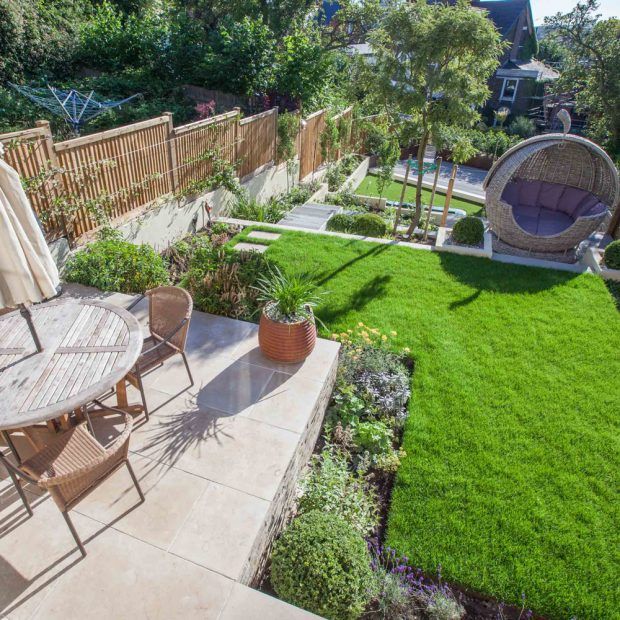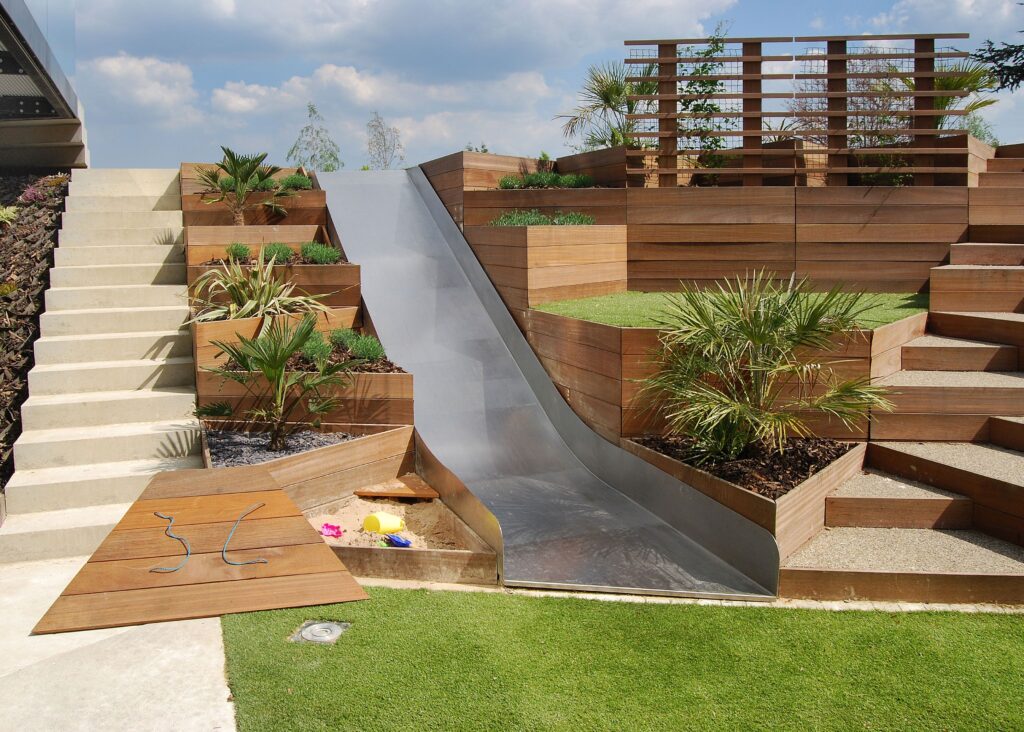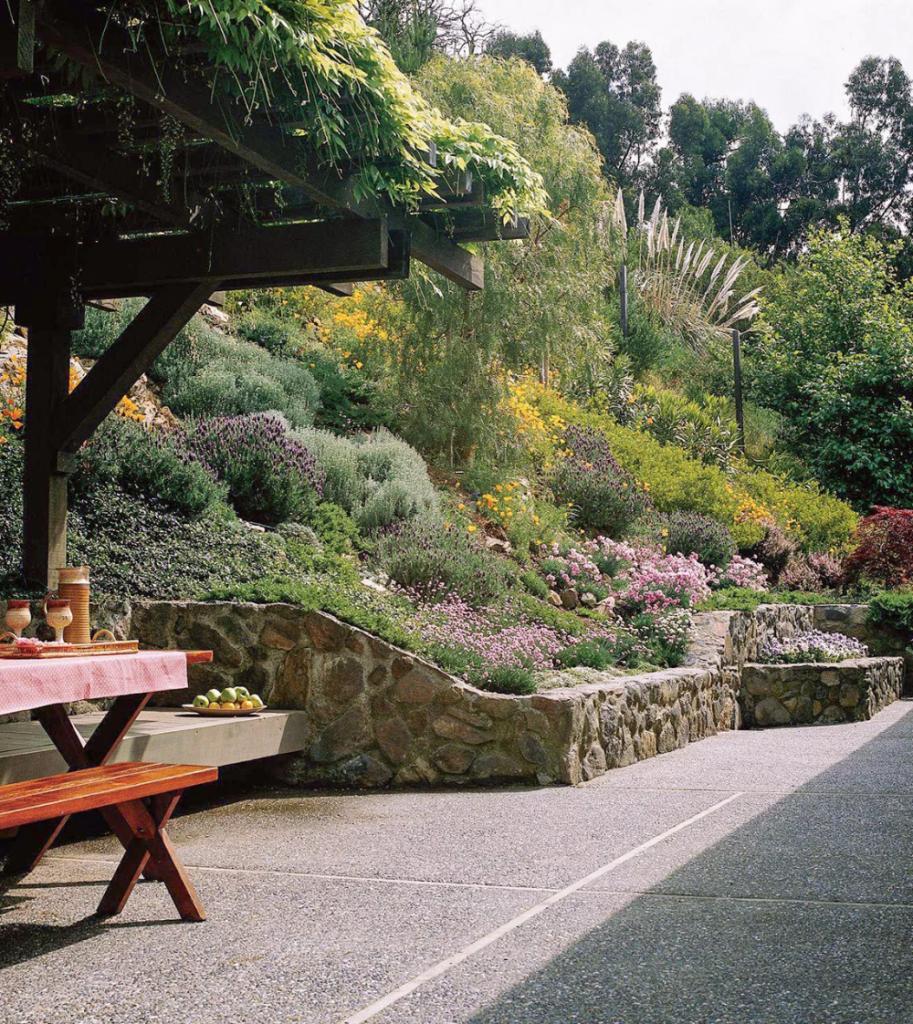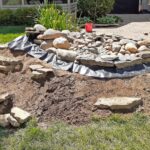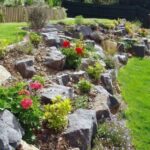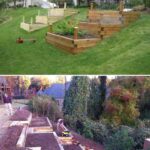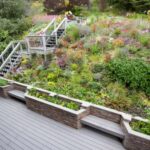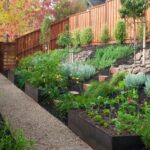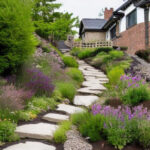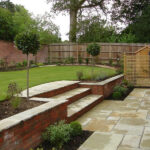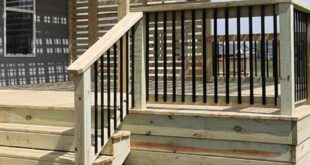Garden design on a slope can present unique challenges and opportunities for homeowners looking to create a beautiful and functional outdoor space. Whether your garden slope is slight or steep, there are several key considerations to keep in mind when planning and implementing your garden design.
One of the most important factors to consider when designing a garden on a slope is drainage. Proper drainage is essential to prevent water from pooling and causing erosion or flooding. In some cases, you may need to install drainage systems such as French drains or retaining walls to divert water away from your garden.
Another consideration when designing a garden on a slope is soil erosion. Steep slopes are particularly prone to soil erosion, which can result in the loss of valuable topsoil and nutrients. To prevent erosion, consider planting ground cover plants or grasses with deep roots to help anchor the soil. Mulching can also help protect the soil from erosion.
Incorporating terraces or retaining walls into your garden design can help create flat, usable areas on a sloped landscape. Terraces can be used to create separate garden beds or seating areas, while retaining walls can help to stabilize the slope and prevent erosion. When designing terraces or retaining walls, be sure to consider the materials and aesthetics that will complement your overall garden design.
Plant selection is another important aspect of designing a garden on a slope. Choose plants that are well-suited to the specific conditions of your slope, such as sun exposure, soil type, and moisture levels. Plants with deep root systems can help stabilize the soil and prevent erosion, while native plants are often well-adapted to the local climate and require less maintenance.
When designing a garden on a slope, it’s important to consider accessibility. Paths and walkways should be designed with gentle slopes and sturdy surfaces to ensure safe and easy navigation. Consider incorporating steps, handrails, and lighting to improve accessibility and enhance the overall functionality of your garden.
Overall, designing a garden on a slope requires careful planning and consideration of the unique challenges and opportunities that come with sloped landscapes. By incorporating proper drainage, erosion control measures, terraces, plant selection, and accessibility features, you can create a stunning and functional garden that enhances the natural beauty of your slope.
 yishifashion Where Outdoor Dreams Become Reality
yishifashion Where Outdoor Dreams Become Reality
